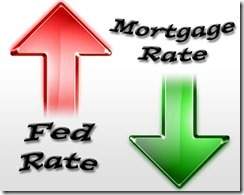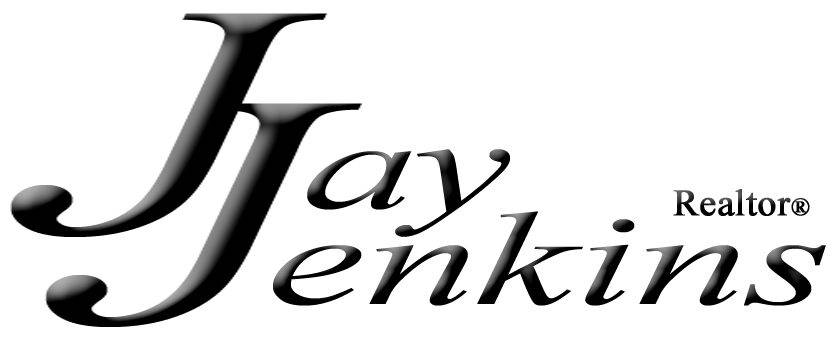Yesterday the Fed raised the target interest rate, but mortgage rates actually lowered slightly.

The rate that increased yesterday is the Federal Reserve’s Target Rate. This is the rate banks charge other banks to borrow money overnight. It’s called the Fed’s Target Rate, because the Fed doesn’t actually directly enforce the rate. It merely “targets” the rate (or the range of rates, in this case) that it believes is in line with its policy goals. The Fed can then employ several tools to influence the overnight rate and bring it in line with the target range.
What you need to know is that the Fed’s target rate is very important to the global financial system, and it has far-reaching effects on all manner of interest rates.
A Fed rate hike is a big deal, but bigger to some than others. Mortgage rates are less directly connected to the Fed’s Target Rate, as could be easily seen in yesterdays light move lower. The Fed hiked its rate by a quarter of a point–an amount that would be unimaginably severe in the mortgage world. Such a move has only happened a few times in history on a single day.
The caveat is that mortgage rate movement is given plenty of time to roam free, day in and day out. Meanwhile, the Fed rate only moves when the Fed announces it, which is almost always at one of their meetings. Those only happen 8 times a year. So mortgage rates have had time to do whatever they needed to do to get ready for the Fed rate hike. The bottom line is that mortgage rates do, in fact, care about the Fed rate to some extent. They’re simply not joined at the hip.
Should you lock your rate now?
- 2015 has been largely about global interest rates rising unevenly from a long-term low brought about by the onset of quantitative easing in Europe. European rates are most directly affected, but rates in the US have often taken cues for similar movement.
- As the European rate rally fizzled out, the Fed began telegraphing its intent to hike rates. While the Fed rate doesn’t directly affect mortgages, the two are still loosely connected over time. They become more disconnected when the economy begins to contract. This helps longer term rates like mortgages move lower even while the Fed rate his steady or rising.
- The Fed finally hiked on December 16th, but there was no immediate reaction in mortgage rates. Some think that an economic contraction might not be too far away. Others are concerned about a lack of inflation (which is good for longer term rates like mortgages). Bottom line: the Fed rate hike has not been the death knell for low mortgage rates that many feared it would be, although the near term range is uncertain and rates could be more volatile than normal as we wait for a new trend to emerge.
As always, please keep in mind that the rates discussed generally refer to what we’ve termed ‘best-execution’ (that is, the most frequently quoted, conforming, conventional 30yr fixed rate for top tier borrowers, based not only on the outright price, but also ‘bang-for-the-buck.’ Generally speaking, our best-execution rate tends to connote no origination or discount points–though this can vary–and tends to predict Freddie Mac’s weekly survey with high accuracy. It’s safe to assume that our best-ex rate is the more timely and accurate of the two due to Freddie’s once-a-week polling method).

Info courtesy of Mortgage News Daily

